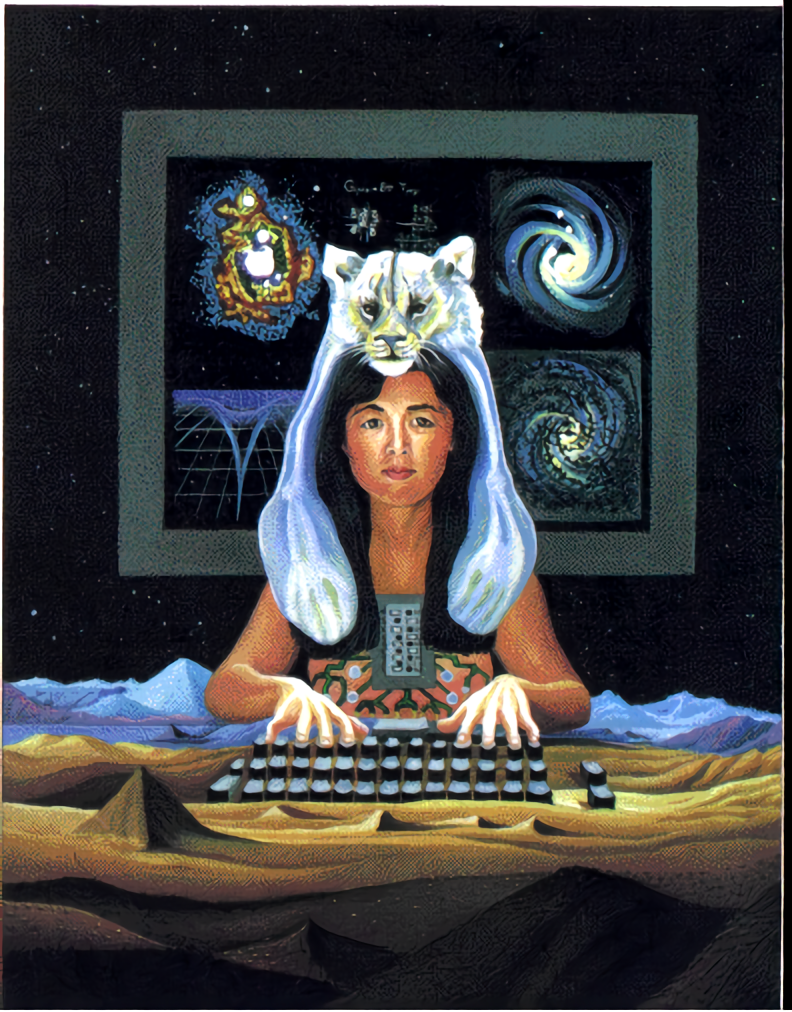In a world where identities are often limited by strict categories like gender, race, and social rules, both Donna Haraway’s Cyborg Manifesto and Janelle Monáe’s album Dirty Computer challenge these limits. Haraway, writing in 1985, imagines a future where fixed gender roles don’t exist, and being a cyborg allows for a more flexible sense of identity. Monáe, in her 2018 dystopian album, highlights how people are punished for not fitting into society’s expectations. Both works push us to rethink traditional ideas of humanity and identity, offering new ways to see a freer, more diverse sense of self.

The ideas in Donna Haraway’s Cyborg Manifesto strongly connect with Janelle Monáe’s album Dirty Computer. Both works explore the idea that identity is not fixed, and they break down traditional categories like gender, race, and sexuality. In Dirty Computer, Monáe creates a world where these aspects of identity exist on a spectrum, challenging society’s norms. For example, in her song “Django Jane,” she emphasizes self-determination and personal power, which aligns with Haraway’s vision of a future where identity is shaped by personal experience, not by society’s strict standards.

Monáe blends the ideas of technology and identity, calling herself both a cyborg and a queen. This mix reflects Haraway’s idea of the cyborg as a symbol of identity that breaks free from traditional boundaries. In “Make Me Feel,” Monáe talks about love and attraction in a way that shows the fluidity between masculine and feminine qualities, showing that relationships are complex and cannot be limited to strict categories. This mirrors Haraway’s call to embrace the complexity of identity. In the song “Pynk,” Monáe celebrates femininity and self-acceptance, showing that accepting all parts of yourself leads to freedom and happiness. This challenges society’s pressures to conform. Monáe also discusses how technology affects identity in the song “Dirty Computer.” She highlights both the positive and negative effects, showing how technology can give people more freedom but can also be used to control and restrict them. This ties in with Haraway’s cyborg, which represents the merging of human and machine and offers a new way to look at identity.
In conclusion, both individuals, Monáe and Haraway, encourage us to think differently about identity and society. They push us to see identity as something fluid and diverse, showing the importance of accepting individuality and breaking free from society’s rigid rules. Their works inspire us to imagine a future where everyone can be what ever they want to be.